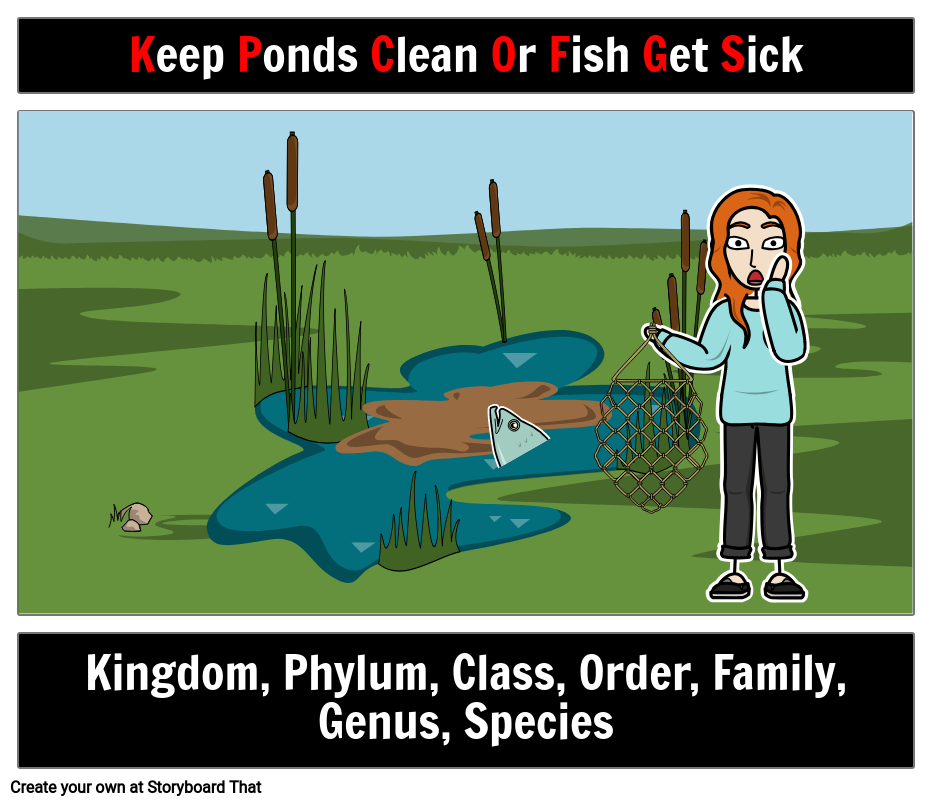

This pattern is called organ system level of organisation. In animals like Annelids, Arthropods, Molluscs, Echinoderms and Chordates, organs have associated to form functional systems, each system concerned with a specific physiological function.A still higher level of organisation, i.e., organ level is exhibited by members of Platyhelminthes and other higher phyla where tissues are grouped together to form organs, each specialised for a particular function.Here the cells performing the same function are arranged into tissues, hence is called tissue level of organisation. In coelenterates, the arrangement of cells is more complex.Some division of labour (activities) occur among the cells. For example, in sponges, the cells are arranged as loose cell aggregates, i.e., they exhibit cellular level of organisation.

Though all members of Animalia are multicellular, all of them do not exhibit the same pattern of organisation of cells.The broad classification of Animalia based on common fundamental features:.Diploblastic and Triploblastic Organisation,.Source | Credits | Picture Credits: NCERT General Science Basis for Animal Kingdom ClassificationĬlassification of Animal Kingdom is based on various fundamental features like – Classification of Animal Kingdom – Porifera, Coelenterata, Platyhelminthes, Aschelminthes, Annelida, Arthropoda, Mollusca, Echinodermata, Chordata.]


 0 kommentar(er)
0 kommentar(er)
